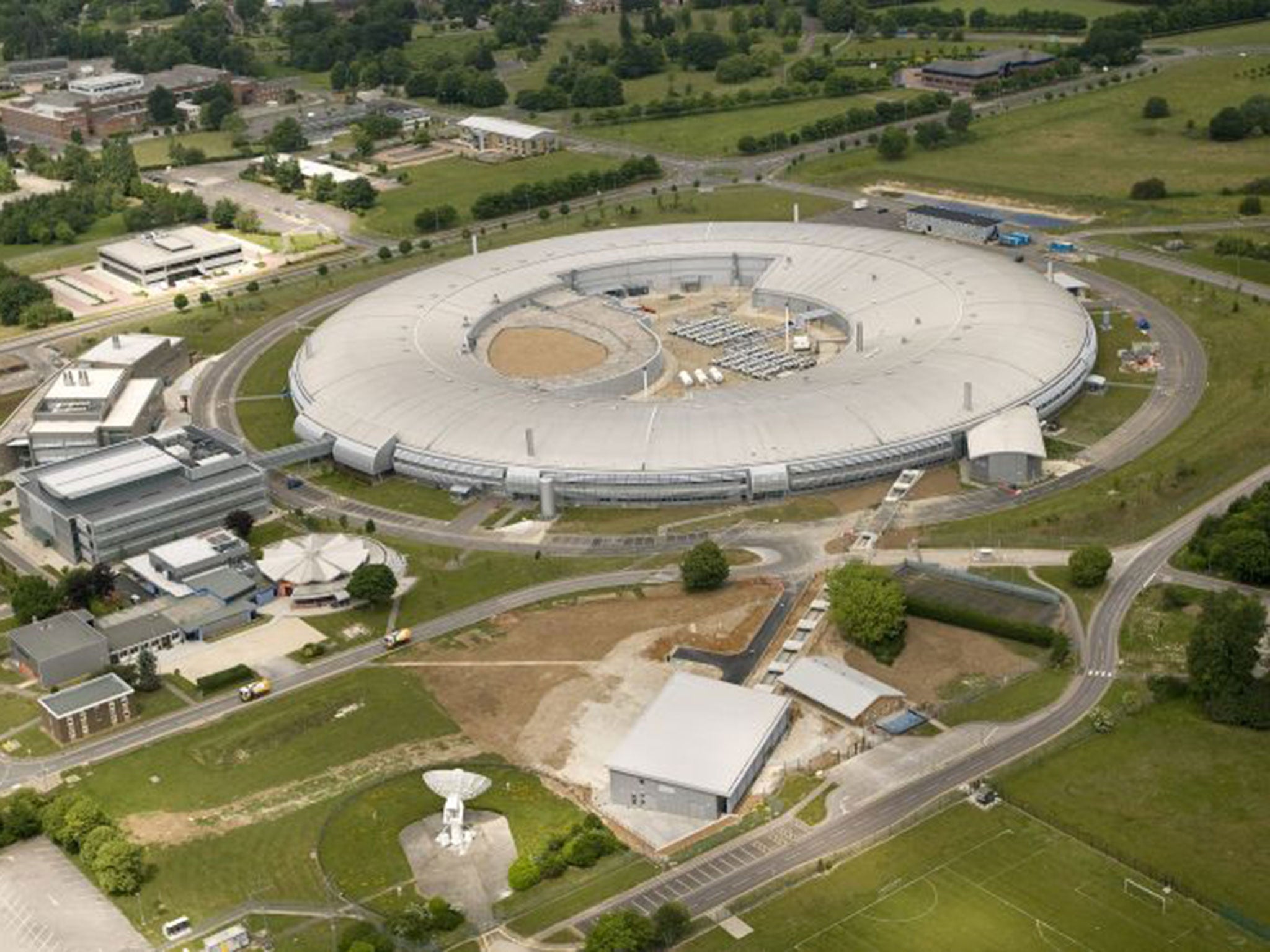The Independent's journalism is supported by our readers. When you purchase through links on our site, we may earn commission.
Scientists use light 10 billion times stronger than the sun to find potential Ebola weakspot
There is currently no vaccine or cure for Ebola, which killed thousands of people during an outbreak in West Africa

Your support helps us to tell the story
From reproductive rights to climate change to Big Tech, The Independent is on the ground when the story is developing. Whether it's investigating the financials of Elon Musk's pro-Trump PAC or producing our latest documentary, 'The A Word', which shines a light on the American women fighting for reproductive rights, we know how important it is to parse out the facts from the messaging.
At such a critical moment in US history, we need reporters on the ground. Your donation allows us to keep sending journalists to speak to both sides of the story.
The Independent is trusted by Americans across the entire political spectrum. And unlike many other quality news outlets, we choose not to lock Americans out of our reporting and analysis with paywalls. We believe quality journalism should be available to everyone, paid for by those who can afford it.
Your support makes all the difference.A light 10 billion times brighter than the sun has been used to discover the molecular structure of Ebola virus – in a major step towards the creation of a vaccine against the deadly disease, researchers have said.
It is thought the Diamond Light Source in Oxfordshire – housed in a building the size of Wembley stadium – could expose the Achilles’ heel of many currently untreatable diseases, such as drug-resistant superbugs, by examining them at the atomic scale.
When researchers from Oxford University turned it on the Ebola virus they were able to work out its structure.
Scientists had already identified two existing drugs, the painkiller ibuprofen and anti-cancer drug toremifene, which might have an effect on the virus.
So the Oxford team also used the light on Ebola after it had been treated with the two drugs and discovered that they were able to inhibit its spread to a degree.
Professor Dave Stuart, who led the study, said: “This information can guide the design of more powerful anti-Ebola drugs. My group will be continuing this project at Diamond … which should help us to further accelerate the rational drug design process.
“We hope this research will lead to new drugs that can help to save lives if we are faced with further outbreaks of the disease in the future.”
He previously used the light to examine the foot-and-mouth virus, in research that helped to develop new vaccines against it.
The researchers, whose findings were published in the journal Nature, looked at existing drugs because they have already been through the clinical trial process, demonstrating they are safe for use on human patients.
This means they could be used to treat Ebola patients more quickly than if a new drug had to be created from scratch.
The outbreak of Ebola in West Africa killed more than 11,000 people before a massive global response helped stop it from spreading.
However there are currently no vaccines to prevent people getting it or effective therapeutic drugs.
Join our commenting forum
Join thought-provoking conversations, follow other Independent readers and see their replies
Comments